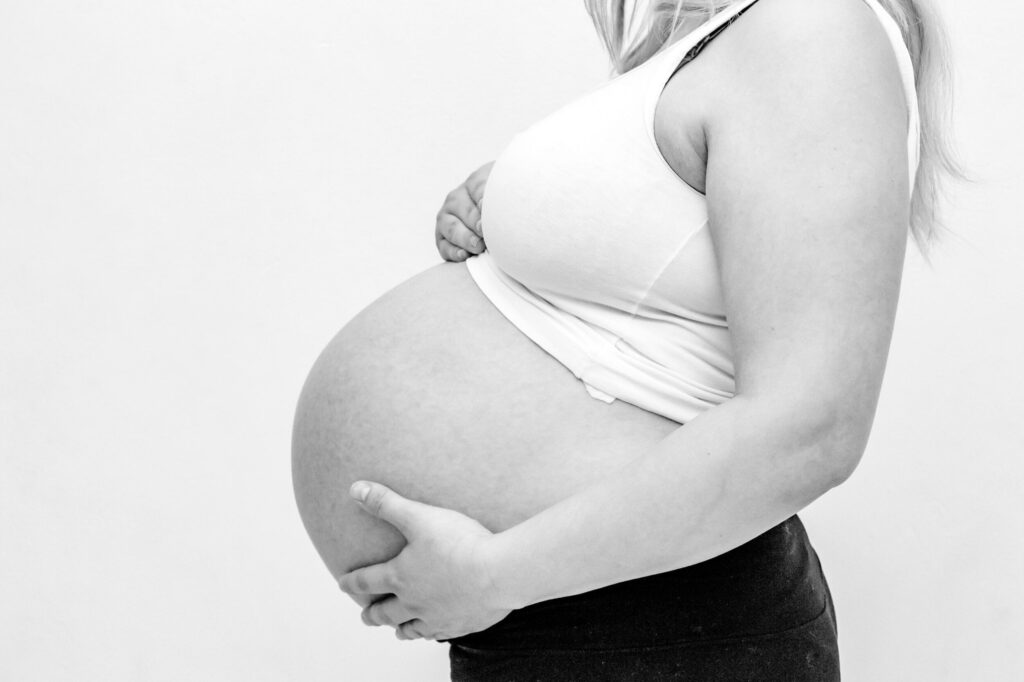Advice for New Mums.
Being a new mum is daunting at the best of times. Getting to know your baby and settle into your new role as a mum often leads to women seeking advice from a variety of sources including family, friends, birth and health professionals. During the current crisis, access to these sources is more challenging. Even in more normal times, it is common for a mum’s physical recovery to take a back seat, when actually the first three months is an essential time for your body’s healing following pregnancy and birth.
Pregnancy and birth are a huge undertaking for your body. Posture changes to accommodate your growing bump. This, along with hormonal changes affect joints, muscles and ligaments. How you breathe alters as the growing baby affects how the diaphragm can function. Your abdominal muscles are stretched and your pelvic floor put under more pressure. Following the birth, you may be exhausted, dehydrated and have stitches that need to heal.
There are some simple steps you can take to optimise your recovery and help you to return to full function within the first three months of the postpartum period.
Firstly, and this may seem obvious, rest. Actually, the current situation can only have a positive influence on this step! No pressure to race around meeting up for coffee and attending every baby group under the sun! Take the time to stop, rest when your baby naps, take long baths, sit in the sun and breathe. Your body’s tissues take two to three weeks to complete the first stage of healing and rest is essential to this process.
Eat well and stay hydrated. Good nutrition and adequate fluids are essential for tissue healing. They are also very important for bladder and bowel function. It is common in the early postnatal period to experience some urinary frequency or incontinence. Your bowel movements may take a little while to get back to normal too. This can be due to hormones that are present and a weaker pelvic floor.
To maintain a healthy bladder, you should pass water every two to four hours. Try to avoid holding for longer or going “just in case” as this disrupts the bladders normal mechanisms. Alcohol, caffeine and fizzy drinks can all irritate the bladder and should be kept to a minimum whilst increasing your intake of clear fluids. This is also important for your bowel movements. Constipation is not your pelvic floor’s friend. Straining to go to the loo can cause more pressure and disrupt the function of the muscles. A healthy diet, full of fibre and clear fluids help soften your stool. The position you poo in can help minimise the strain. Put your feet up on a stool so that your knees are above your hips in height. This helps open the angle of your bowl to allow the stool to pass more easily.
How you breathe is very important. The diaphragm, core and pelvic floor muscles work in synergy to stabilise the pressure in your abdominal cavity in response to stress like lifting, jumping or coughing. As a result of a more sedentary life, sitting at a desk, driving a lot and dealing with increased stress we tend to only use the top part of our lungs to breathe. Add to that a baby that has restricted your diaphragm and rib movement and it is not surprising that new mums find it difficult to perform relaxed diaphragmatic breathing. Not only is it essential for correct core and pelvic floor activation but it is also very relaxing!
Sit in a supportive chair or lie on your back with your knees bent. Breathe in through your nose and visualise the air being sent to the bottom of your lungs. Your lower ribs should expand in all directions, to the side and to the back. You can use a scarf or belt wrapped around your ribs to give you feedback on this. As you breathe in let your tummy and pelvic floor completely relax. Slowly breathe out through your mouth. Try and spend five minutes quite time practicing this every day.
It is always surprising how just because you have had a baby, you are automatically expected to know how to activate your pelvic floor muscles. Many women need help in locating these muscles and contracting and relaxing them correctly. Sometimes the pelvic floor muscles may be overactive and not able to fully relax. This can cause just as many problems as weakness. A muscle that is not in its relaxed state cannot produce an effective contraction. Overactive muscles that are in spasm can also be a source of pain. Therefore, the relaxation phase of pelvic floor exercises, like breathing is incredibly important.
Again, sitting in a good posture or lying on your back or side, take a couple of relaxed breaths as above. On an inhale, relax your tummy, buttocks and inner thighs. On your exhale, starting at your back passage, imagine a zip. Zip up from your back passage, underneath your pelvic floor, forwards and up towards your belly button. Inhale and feel the pelvic floor completely relax. Do this slowly around 5 times. You will feel when the muscles are tired when you may start holding your breath or squeezing your buttocks. You can do these exercises safely as soon as you feel up to it after birth, even if you have stitches. You should also do them if you have had a c-section delivery.
Be gentle with yourself. Ask for help if you’re not sure about how you are feeling physically. Many health professionals are offering online consultations at the current time. These can be very useful for putting your mind at rest and helping you in your recovery. If you have any concerns about symptoms you are experiencing, telephone your GP or contact a physiotherapist for a telehealth appointment. Above all, make the most of this slower pace of life we are all experiencing to rest, heal and enjoy your baby.




